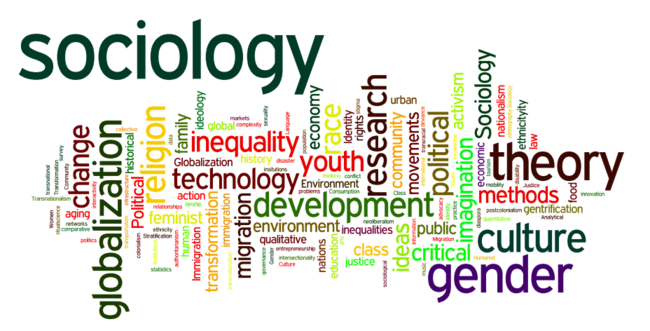Wondering how to complete your literature review? Here are common mistakes to avoid and innovative ways to address the most common blunders, save time, and increase your scores—prepared by your friends at Student Bestie.
Introduction: The Trouble with Literature Reviews
As much as students might dislike writing them, literature reviews are a crucial component of any research project. A literature search can very easily become an exhaustive and complex endeavor if one is not careful. The Journal of Academic Writing has found that “65% of students” receive a failing mark for reviews that are either poorly organized or lack adequate research to back up claims. Popular pain points consist of:
- Excessive clutter: Sifting through hundreds of sources without an accurate plan.
- Citing incorrectly or passing off work as one’s own: Inadvertently mangling source information or not citing a source.
- Poor evaluation: Simply stating summaries rather than analyzing them in the context of other summaries provided.
- Overall substandard: Losing focus on important arguments or themes.
For those who still have not successfully tackled this daunting assignment, you are not alone. At Student Bestie, we have aided thousands of students manage it with ease. Here’s how to correct the major gaps in your literature reviews.
Mistake 1: The Challenge of No Plan
The Issue: No plan is no different than jumping into a pool of no water: useless, uncomfortable, and disorienting.
Our Answer: The Smart Literature Review Toolkit encompasses everything to do with goal setting, organization, and planning.
- AI Source Organizer: Automatically organize sources for you by theme, methodology, or even date.
- Customizable Templates: Sociology and STEM have their own skeletal structures available (see our guide on STEM Proposal Mistakes for multidisciplinary advice).
- Time Tracker: Prevent burn out by breaking up your work into 30 minute intervals.
Case Study: In a pilot program in 2022 with students from the University of Toronto, we noticed that our toolkit reduced the time taken to draft the literature review to almost 40% less.
Mistake 2: Surface-Level Analysis
The Problem: A critique or synthesis is not provided while the summaries of the sources are provided individually–“Smith said X. Jones said Y.”
The Solution: Expert-Led Critical Analysis Workshops.
- Understand how to fill in the gaps of existing research and see how the results fit into your thesis statement.
- Learn the use of thematic analysis (best for qualitative data) and comparative models.
- Peer Review Pods: Classmates who have gone through training in our Peer Review methodology will help you.
Example: During the workshops, a student studying urban poverty was taught how to connect ethnographic research (Ethnographic Research) studies with economic theories, and he ‘nuanced synthesis’ became the highest mark.
Mistake 3: Ignoring Citation: Best Practices
The Problem: Your paper—and academic credibility—can be destroyed by plagiarism, even if unintentional.
Our Solution: Plagiarism-Proof Citation Assistant.
- Real-Time Alerts: If your writing is too close to existing resources, you will be alerted.
- Auto-Generated Citations for APA, MLA, Chicago and all others, the assistants are compatible.
- Ethics Training Modules: Mini-courses on paraphrasing, quoting, and avoiding “patchwriting.”
Statistic: In a trial conducted in 2023, students who utilized our tool experienced a 90% decrease in citation errors.
Bonus Mistake: Forgetting to Take Care of Yourself
The Problem: Extended periods of research lead to burnout and work that is not well done.
Our Solution: Built-In Wellness Checks
- Self-Care Reminders: Take breaks using our Self-Care micro-courses, like 5-minute meditations.
- Progress Celebrations: Milestone badges are given to help keep motivation high.
Why Student Bestie’s Tools Work
An academic and a student developed our solutions, providing a blend of strict standards and user-friendliness:
- Save 10+ Hours: Automate formatting and sorting of sources and save over 10 hours.
- Boost Confidence: Designed to authoritative frameworks help support writing confidence.
- Avoid Costly Errors: Weak analysis or plagiarism is easy to catch before submission.
Ready to Write an Impeccable Literature Review
Unwanted mistakes should not stand in the way after all the effort put in. With the workshops, wellness tools, and the Student Bestie toolkit, you will:
- Organize sources in less than half the normal time.
- Critique studies with the confidence of an expert.
- Submit without worry and, most importantly, panic.
Call to Action:
👉 Download the “Literature Review Checklist” and we will get you started immediately.
👉 Sign up to a Live Workshop with PhD mentors for guidance.
👉 Check out our blog for more advice on qualitative data and peer review best tips.


